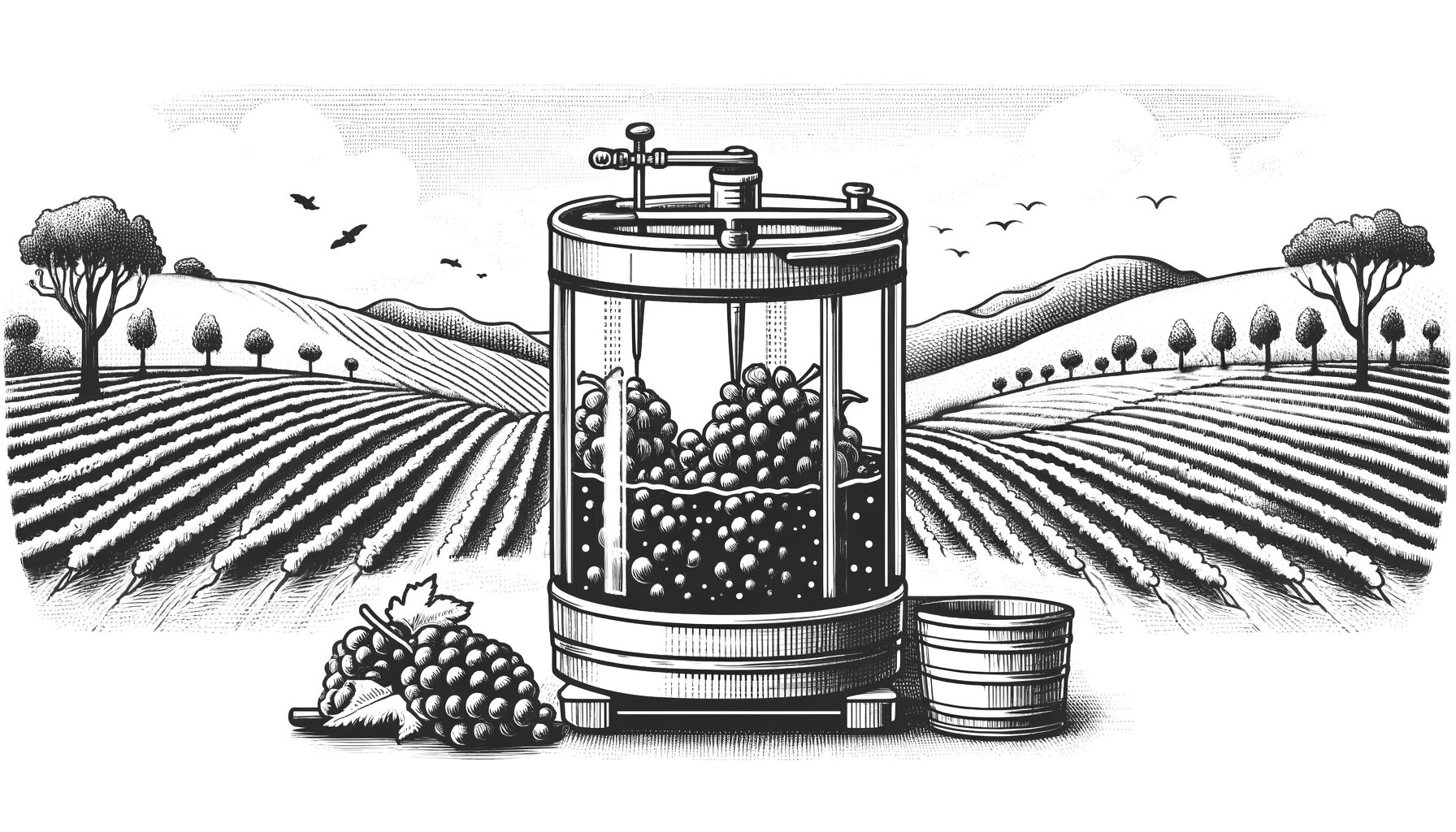
Carbonic maceration is a unique winemaking technique primarily associated with producing light, fruity red wines like Beaujolais Nouveau. In this method, whole grapes are placed in a sealed container filled with carbon dioxide before fermentation begins. The absence of oxygen creates an anaerobic environment, causing the grapes to ferment internally without being crushed. This results in a wine with very low tannins, bright fruit flavors, and a fresh, juicy profile.
Unlike traditional fermentation, where yeast converts grape sugars into alcohol, carbonic maceration relies on the natural enzymes within the grape to break down sugars. The process begins when the weight of the grapes at the bottom of the container crushes the grapes on top. The crushed grapes release juice, which begins to ferment in the usual manner. However, the uncrushed grapes start to undergo intracellular fermentation due to the high concentration of carbon dioxide in the tank.
This type of fermentation produces a different set of chemical reactions compared to traditional fermentation. For instance, carbonic maceration generates higher levels of esters, which are compounds responsible for fruity aromas. This explains why wines made using this technique often have pronounced notes of bubblegum, banana, and red berries.
Carbonic Maceration – Quicker Production.
It also shortens the winemaking process, allowing for quicker production. Beaujolais Nouveau is typically released just weeks after harvest, in time for celebrations around the third Thursday of November. However, this method isn’t just limited to Beaujolais. Winemakers worldwide, particularly in regions known for experimenting with winemaking techniques, have employed carbonic maceration to produce playful, easy-drinking wines.
Despite its appeal, carbonic maceration does have limitations. The resulting wines tend to lack the complexity and aging potential of traditionally fermented wines. They are meant to be consumed young, within a year or two of bottling, and their low tannin content makes them less suitable for pairing with rich, fatty foods. Nonetheless, carbonic maceration remains a popular method for producing bright, approachable red wines that can be enjoyed casually.
Curious about more wine terms and insights? Visit our Wine Wiki section and explore the basic wine terms for expert definitions and tips!